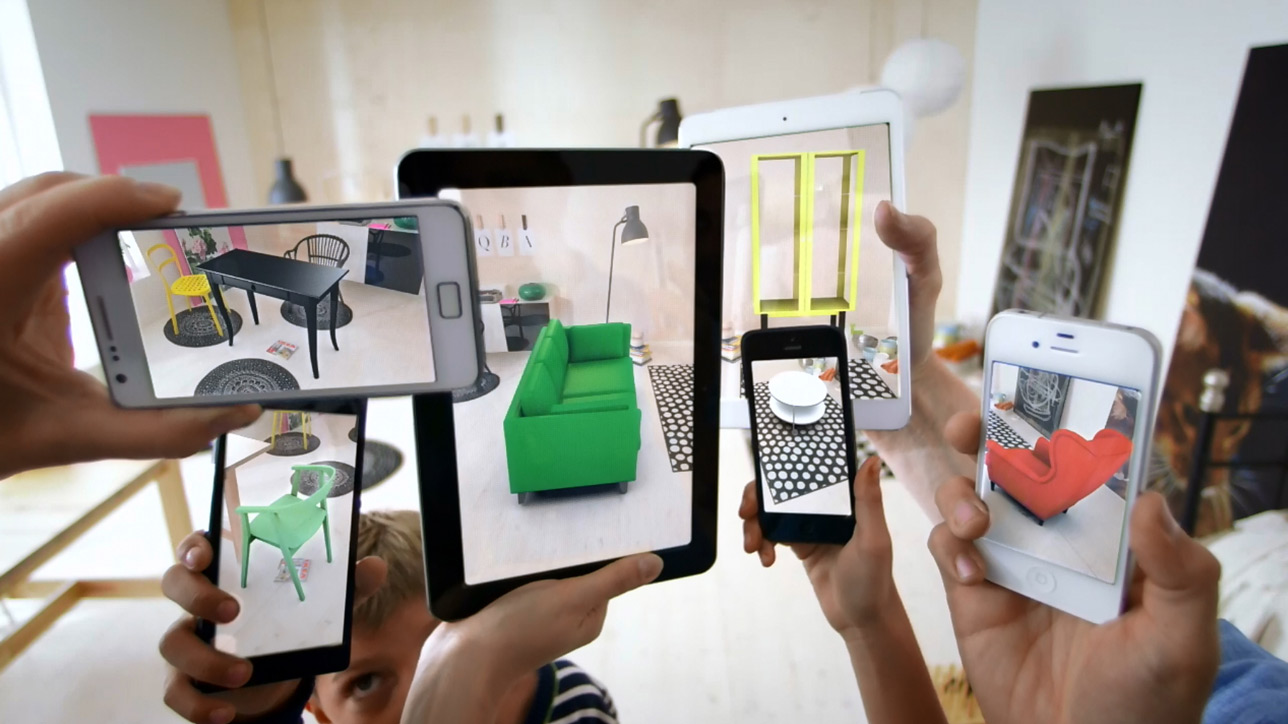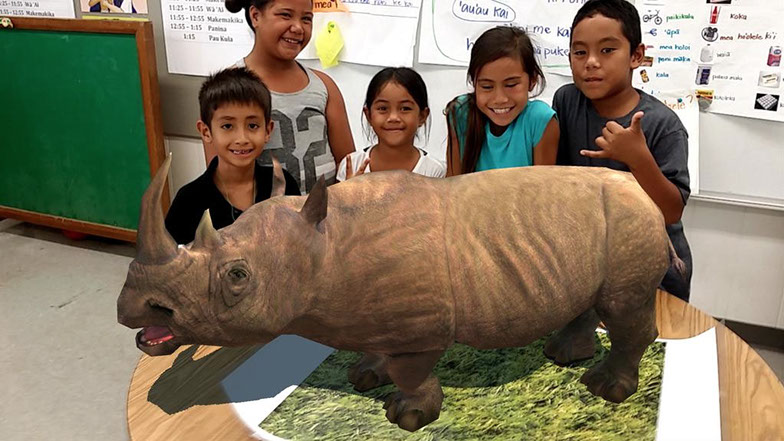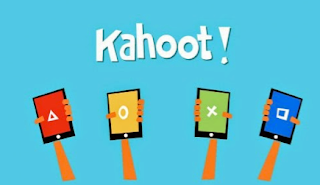 |
| No phones in class? Not anymore! |
It was't long ago when if you had your phone out in class, you would get in trouble and possibly have it taken away. As technology has advanced over the past few years, we have come to actually start having kids use their phones in class for activities. Many different apps have been developed to have students get engaged in class by using their phones. Apps like Kahoot! encourage students to use their phones for in class quizzes that don't require paper or pens. We have advanced so much in the past several years with our smartphones; it's interesting to think how much further we'll progress in the next few years.
 One of the biggest trends in the education world recently is augmented reality, which is an enhanced image or environment as viewed on a screen or other display, produced by overlaying computer-generated images, sounds, or other data on a real-world environment. Augmented reality allows us to take something from right in front of us and enhance it. Augmented reality has been implemented in many different setting other than schools, such as supermarkets, museums, zoos, and NASA.
One of the biggest trends in the education world recently is augmented reality, which is an enhanced image or environment as viewed on a screen or other display, produced by overlaying computer-generated images, sounds, or other data on a real-world environment. Augmented reality allows us to take something from right in front of us and enhance it. Augmented reality has been implemented in many different setting other than schools, such as supermarkets, museums, zoos, and NASA. As augmented reality begins to be used in classrooms and continues to grow, there have been a few apps that have gained popularity:
As augmented reality begins to be used in classrooms and continues to grow, there have been a few apps that have gained popularity:
ZooKazam brings animals into the classroom without the actual mess of a real animal.
 NASA Spacecraft 3D lets you learn about and explore different spacecraft used by NASA to explore our solar system, Earth, and the rest of the univese.
NASA Spacecraft 3D lets you learn about and explore different spacecraft used by NASA to explore our solar system, Earth, and the rest of the univese.
Anatomy 4D allows you to explore the human body, removing different layers to get a better look at others.
One specific example of augmented reality, in the few mentioned above, that has caught my attention is ZooKazam, and it's the first augmented reality educational app that doesn’t require a printed marker. ZooKazam allows you to bring animals to life right in front of your eyes as a 3-D image. There are over 45 animals offered by ZooKazam, such as birds, fish, mammals, insects, reptiles, among others. You are able learn about the size, weight, habitat, diet, lifespan, and population of all the different species.


No comments:
Post a Comment